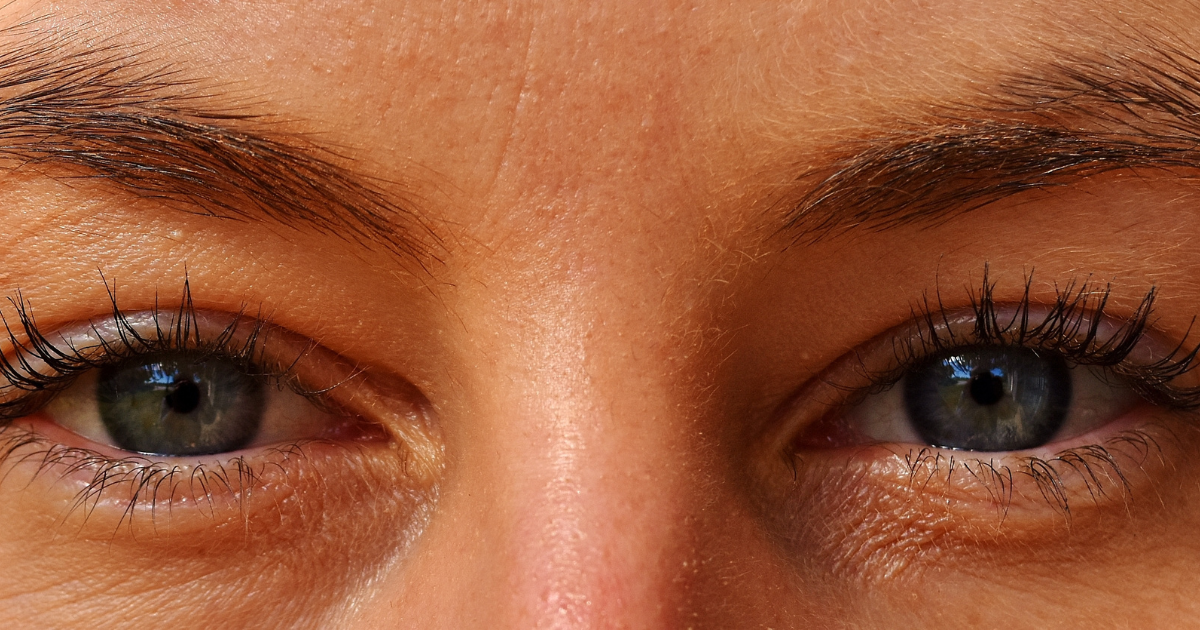Psoriatic Arthritis (PsA) is a chronic autoimmune disease that causes joint inflammation, stiffness, and pain. It’s commonly associated with psoriasis, a skin condition that leads to red, scaly patches — but did you know it’s possible to develop PsA without ever having skin symptoms?
Although rare, some people experience psoriatic arthritis without visible signs of psoriasis. Let’s explore how this happens, why it can be difficult to diagnose, and what it means for patients.
Understanding the Connection Between Psoriasis and Psoriatic Arthritis
Psoriatic Arthritis affects about 1 in 3 people with psoriasis. Typically, psoriasis appears first — sometimes years or even decades before joint issues begin.
However, in a small percentage of cases, the joint symptoms show up without any skin involvement. This makes diagnosis more challenging but no less real.
Fact: Up to 15% of people diagnosed with PsA may never develop visible psoriasis or may only have a family history of the condition.
Why Does Psoriatic Arthritis Occur Without Psoriasis?
Researchers aren’t entirely sure why some people develop PsA without skin symptoms, but several explanations are considered:
- Genetics: If a close family member (parent/sibling) has psoriasis, your risk for PsA increases — even without skin plaques.
- Hidden or mild psoriasis: Sometimes, psoriasis may be present in less visible areas (like the scalp, groin, or under nails) and go unnoticed.
- Misdiagnosis or overlap: PsA shares symptoms with other joint diseases like rheumatoid arthritis or osteoarthritis, leading to delayed or missed diagnosis.
- Immune system triggers: Even without skin symptoms, autoimmune inflammation may target the joints first.
Symptoms of Psoriatic Arthritis Without Psoriasis
The symptoms are generally the same as those experienced by PsA patients with psoriasis:
- Joint pain, stiffness, and swelling, especially in fingers, toes, knees, or ankles
- Morning stiffness lasting 30+ minutes
- Enthesitis – pain where tendons/ligaments attach to bone (like the heel or bottom of the foot)
- Dactylitis – sausage-like swelling in fingers or toes
- Fatigue and general malaise
- Nail changes – pitting, ridging, or discoloration (often overlooked as cosmetic)
Key point: Nail changes can be the only clue linking PsA to psoriasis, especially in people without skin plaques.
How Is Psoriatic Arthritis Diagnosed Without Psoriasis?
Diagnosing PsA in the absence of psoriasis is tricky and often delayed. There’s no single test, so doctors rely on:
✅ Medical History
- Any family history of psoriasis, psoriatic arthritis, or autoimmune disease?
- Any past nail issues, scalp flaking, or unexplained rashes?
✅ Physical Exam
- Swollen, tender joints
- Nail abnormalities
- Pain at entheses (heel, Achilles, etc.)
✅ Imaging Tests
- X-rays or MRIs may reveal joint erosion, enthesitis, or inflammation patterns typical of PsA
✅ Blood Tests
- Rule out rheumatoid arthritis (RF-negative in PsA)
- Check inflammatory markers like ESR and CRP
Doctors often use the CASPAR Criteria — a classification system that helps diagnose PsA even when psoriasis is absent.
Treatment Is Still the Same — Whether Psoriasis Is Present or Not
Even without psoriasis, PsA is treated aggressively to prevent joint damage and disability. Treatment may include:
- NSAIDs – for pain and inflammation
- DMARDs like methotrexate or sulfasalazine
- Biologics – TNF inhibitors, IL-17 inhibitors, or IL-23 blockers
- Steroid injections for localized flare-ups
- Lifestyle changes – exercise, anti-inflammatory diet, weight control
The goal is to control inflammation, manage symptoms, and protect long-term joint function.
Living Well with Psoriatic Arthritis Without Psoriasis
While it can feel confusing to have PsA without the skin symptoms, it’s important to focus on early intervention, consistent treatment, and self-care.
Tips:
- Track flare patterns in a journal
- Do low-impact exercises like swimming or yoga
- Eat an anti-inflammatory diet
- Get enough sleep and manage stress
- Follow up regularly with your rheumatologist
Final Thoughts
Yes — you can absolutely have Psoriatic Arthritis without psoriasis. Though uncommon, this form of PsA is very real and treatable. If you’re experiencing unexplained joint pain, fatigue, or swelling — especially with a family history of psoriasis — speak with a rheumatologist.
Early diagnosis is key to preventing permanent joint damage and maintaining a good quality of life.




